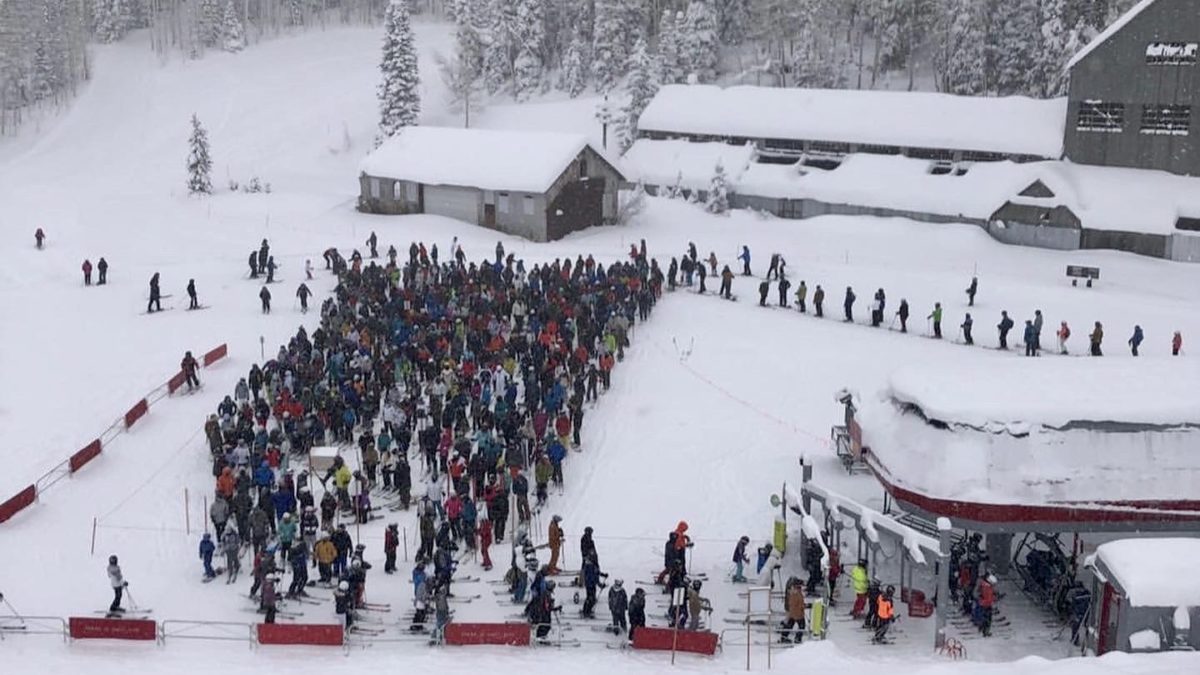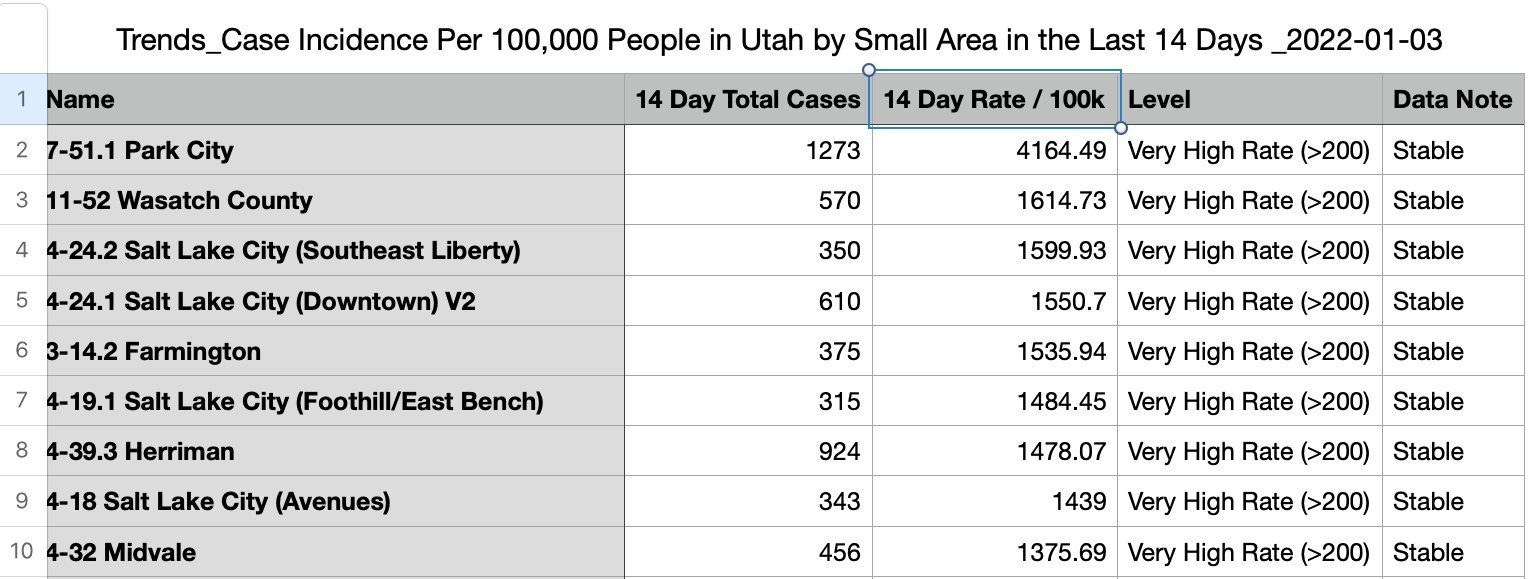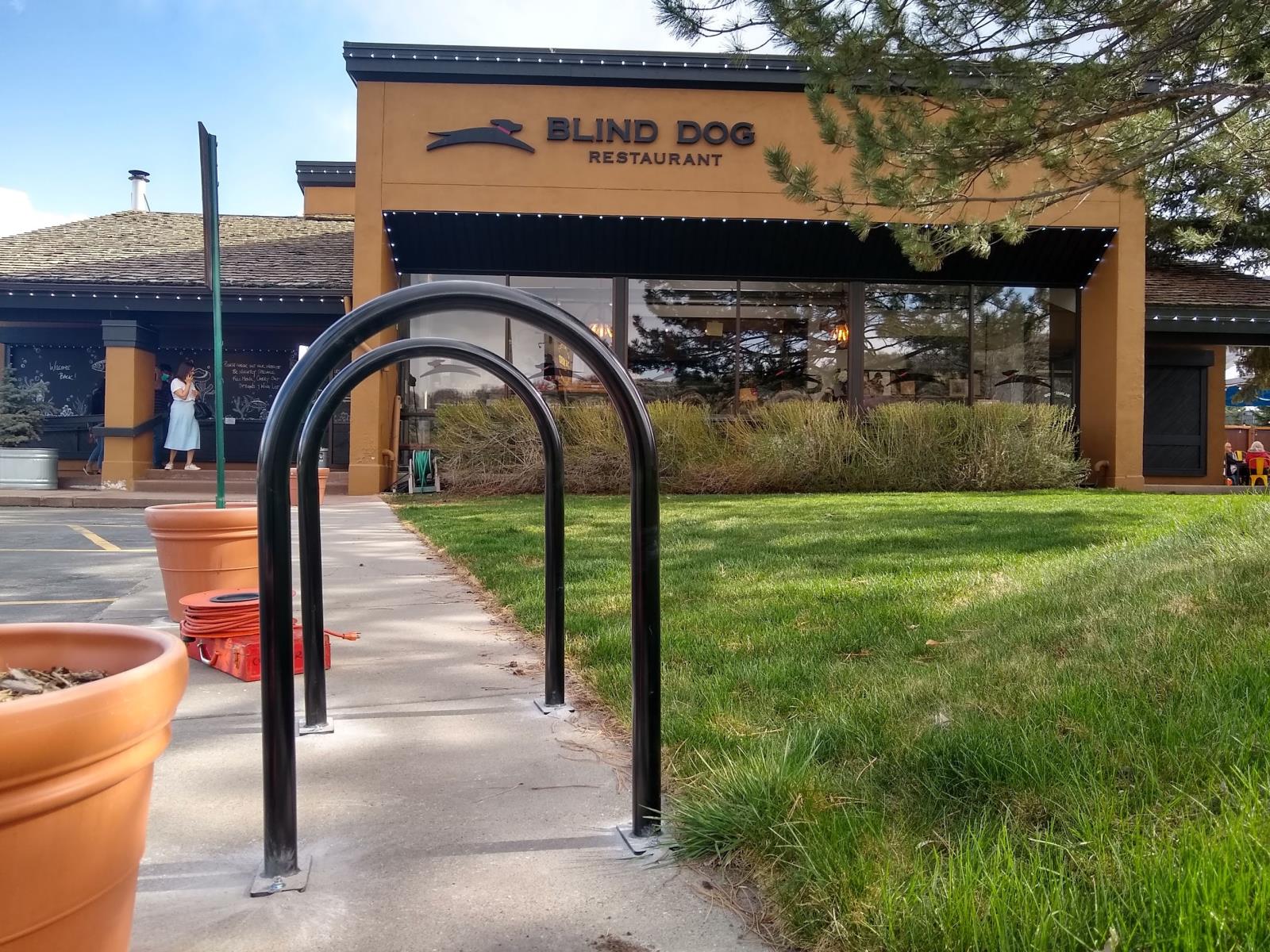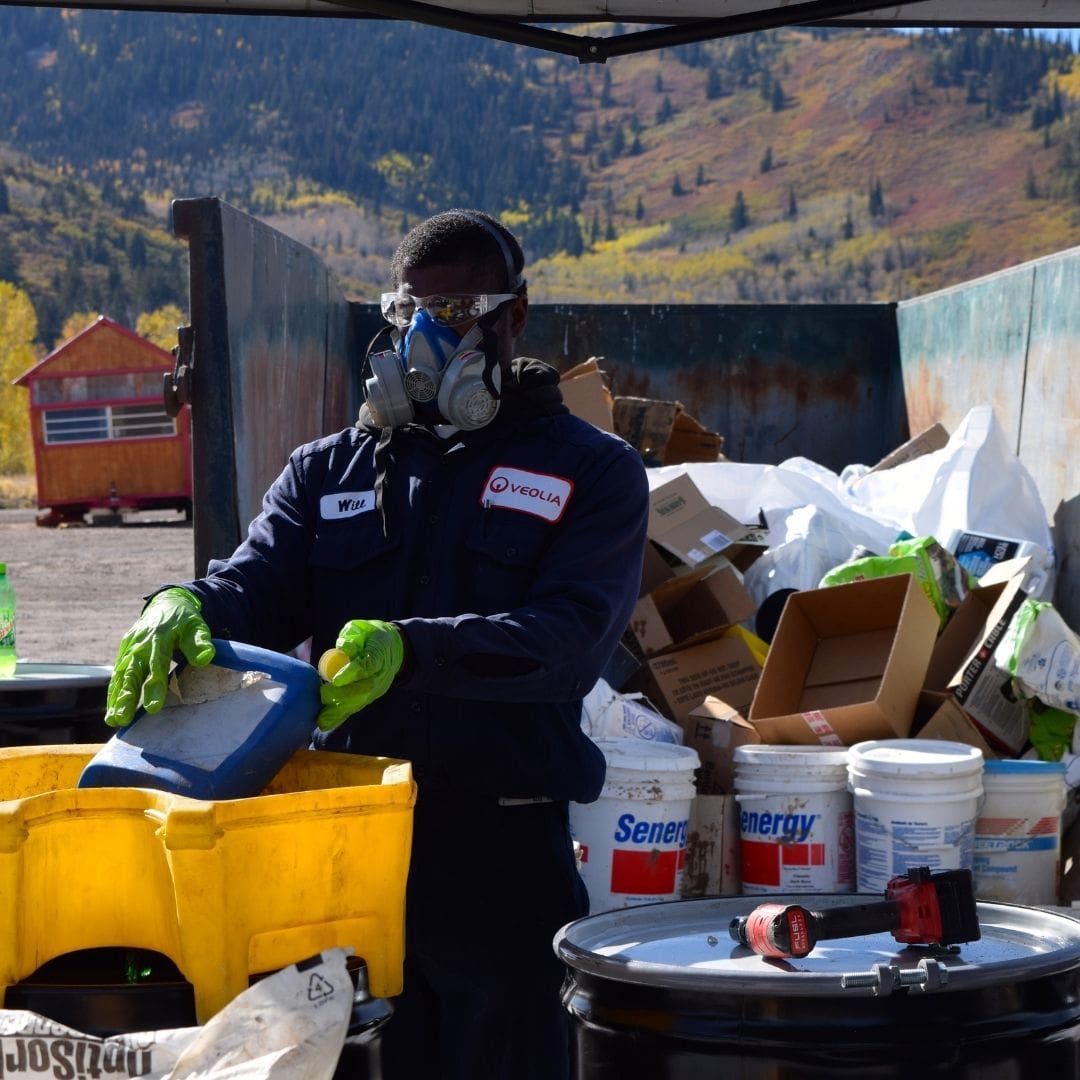Health
Summit County leading the state in Covid transmission

The peak holiday travel season has pushed Summit County to new COVID-19 case records. Photo: Jay Dutton
SUMMIT COUNTY, Utah — Summit County set a new record for daily COVID-19 cases with 197 positive tests on Thursday, December 30.
The record was previously broken last Monday, December 27, with 137 cases.
In total, 621 new cases were reported since Thursday according to the Utah Department of Health (UDOH).
- Thursday – 197 cases
- Friday – 119
- Saturday – 179
- Sunday – 126
As of Monday, Summit County has a 14-day incidence rate of 3,291.8, which symbolizes new cases reported in the past 14 days per 100,000 people. The state’s 14-day rate is currently 969.6.
Park City as a UDOH jurisdiction, which includes surrounding areas like the Snyderville Basin and Summit Park, has recorded 1,273 cases in the past two weeks, giving it a 14-day incidence rate of 4,164.49, a figure that leads the state by far.

According to the most recent data on Monday, 17 cases of the omnicron variant had been confirmed in Summit County. The delta variant is still leading the way, with 299 cases identified in the county.
UDOH on Monday reported 14,754 new COVID-19 cases statewide from Thursday through the New Year’s weekend. 17 deaths were recorded.
- Thursday – 4,659 cases
- Friday – 3,799
- Saturday – 3,267
- Sunday – 3,123
Thursday came close to breaking the single-day case record in Utah, which was set on December 30, 2020, with 4,706 cases.
The rolling seven-day average for new cases is now 3,346 per day, an increase of almost 1,500 since Thursday. The average positive test rate of those tested statewide is 18.6%.

According to the Summit County Health Department, 100% of eligible county residents have received at least one dose of the vaccine. 85% are fully vaccinated. 58.2% of Utah’s total population is fully vaccinated.
Also on Monday, UDOH updated their COVID-19 isolation and quarantine guidelines, in accordance with the Centers for Disease Control and Prevention (CDC) updated policy.
“The CDC has indicated it is considering additional changes to isolation and quarantine guidance for the general public and for school settings. If the CDC changes its guidance the UDOH will also revisit its guidance,” UDOH said in a statement.
Some experts questioned the CDC’s move last week. “It’s frankly reckless to proceed like this,” Dr. Eric Topol, founder and director of the Scripps Research Translational Institute told the Associated Press. “Using a rapid test or some type of test to validate that the person isn’t infectious is vital.
“There’s no evidence, no data to support this,” he added. Mansky said the CDC most likely didn’t include testing for supply chains reasons. COVID-19 rapid tests are in short supply amid the spike in cases and the busy holiday travel season. In many places, at-home tests are difficult to find.
“We’ve worked with many different groups this week to review the changes CDC recommended. Together with the Governor’s office, state and local public health leaders, healthcare leaders, and education officials we worked to make a plan that will work best for Utah,” said Dr. Leisha Nolen, state epidemiologist at the Utah Department of Health (UDOH).
“These guidelines are effective immediately for schools, businesses, and community members. Additional guidelines for healthcare workers, immunocompromised people, and those who work or live in a congregate setting, like a prison or long-term care facility, are forthcoming.”
UDOH — Under the updated guidelines, anyone who tests positive for COVID-19 should:
- Stay at home for 5 days from the day you were tested, even if you don’t have symptoms or feel sick. You can leave your house after 5 days if your symptoms have improved (fever-free without medicine for at least 24 hours and your symptoms have improved). You must stay home for at least 5 days.
- Wear a mask around others for the 5 days after your home isolation.
For those exposed to COVID-19, quarantine guidelines depend on the person’s age and whether the person is up-to-date with their COVID-19 vaccinations. Public health officials recommend anyone who is exposed to COVID-19 get tested 5 days after their exposure and wear a mask around others.
- Adults aged 18 and older who have had their booster dose or are recently vaccin0ated (meaning they’ve had a second dose of Pfizer or Moderna vaccine within the last 6 months, or had a J&J vaccine within the last 2 months) don’t need to quarantine at home. These individuals can continue to go to work and participate in activities; however, they should wear a mask for the 10 days after their exposure.
- Anyone younger than 18 who is up-to-date with their COVID-19 vaccinations (meaning they’ve had 2 doses of the Pfizer vaccine) doesn’t need to quarantine at home. These individuals can continue to go to school and work and participate in activities; however they should wear a mask for the 10 days after their exposure.
- People of all ages who are unvaccinated, have not received a booster dose, or are not recently vaccinated (meaning they’ve only had one dose of a Pfizer or Moderna vaccine or were vaccinated with J&J more than 2 months ago) should quarantine at home for 5 days from the day they were exposed. They can end quarantine after 5 days as long as they don’t have any symptoms. They should wear a mask around others for the 5 days after they end quarantine at home. Students may attend school so long as they wear a mask at school for the 10 days after their exposure.
“We understand the changing guidelines can be confusing. Our knowledge of COVID-19, and especially the Omicron variant, changes rapidly. Data continues to show vaccination protects you from severe illness, which means fewer people miss work and school, or are at risk of hospitalization. Other countries have seen that prior infection alone is not sufficient to protect you from this variant,” said Nolen.
“Please get tested if you have symptoms or if you’ve been exposed to someone with it. Stay home if at all possible if you’re sick, test positive, or have been exposed to COVID-19. We encourage everyone to wear a mask around others, so we can minimize the number of Utahns who get sick from COVID-19 in the coming weeks.”
To find a COVID-19 testing location, visit https://coronavirus.utah.gov/utah-covid-19-testing-locations.
To find a COVID-19 vaccination location, visit https://coronavirus.utah.gov/vaccine-distribution.
Appreciate the coverage? Help keep Park City informed.
TownLift is powered by our community. If you value independent, local news that keeps Park City connected and in the know, consider supporting our newsroom.


















